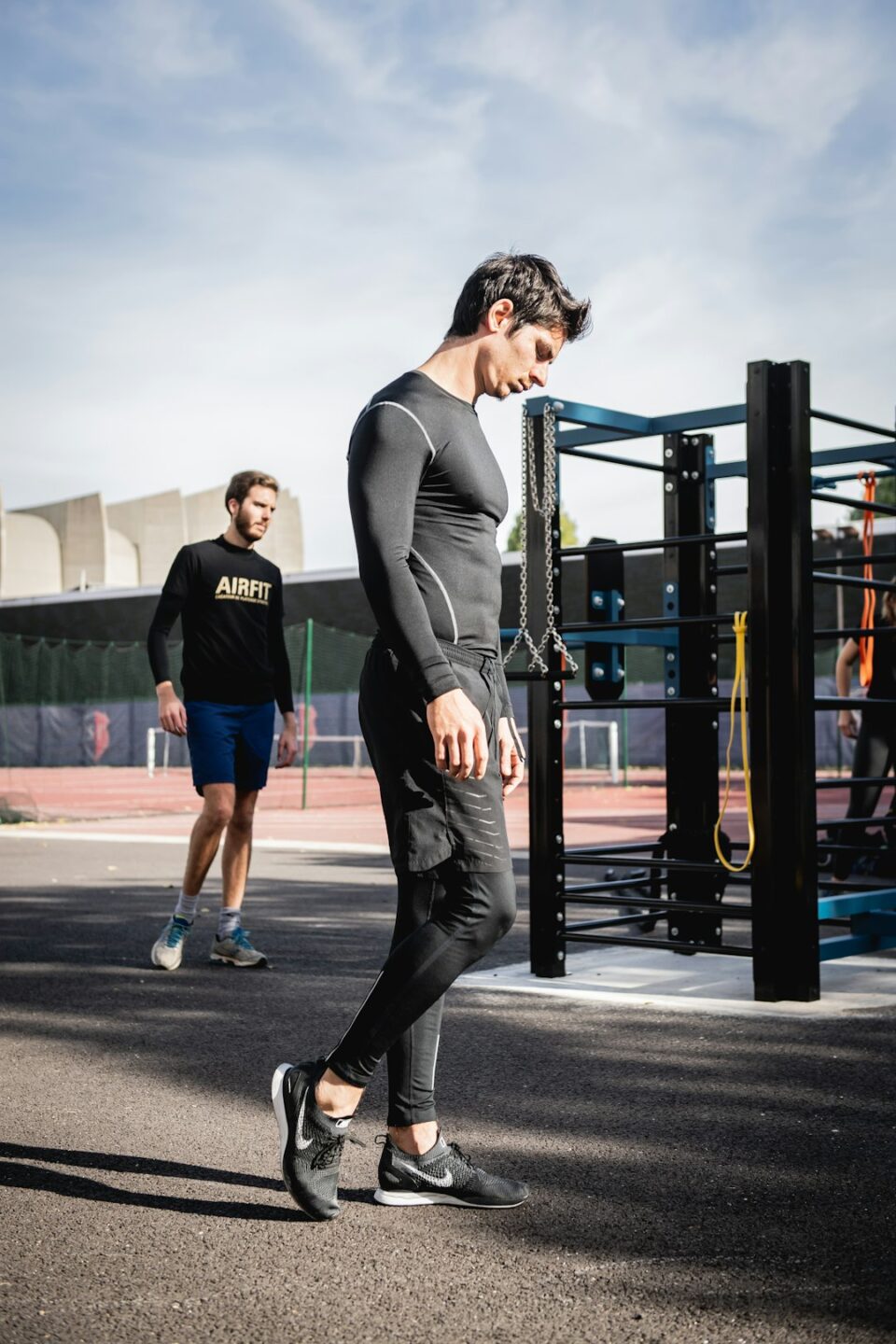Cross training has become a popular practice among athletes of all levels and disciplines. It involves participating in a variety of different activities to improve overall fitness, prevent injury, and enhance performance in their primary sport. Whether you are a professional athlete or someone who enjoys recreational sports, incorporating cross training into your routine can have numerous benefits.
One of the main benefits of cross training for athletes is improved overall fitness. By engaging in a variety of activities, athletes can target different muscle groups and improve cardiovascular endurance. For example, a runner who incorporates cycling or swimming into their training routine can strengthen their leg muscles while also providing a break from the repetitive movements of running. This can prevent overuse injuries and help athletes avoid burnout.
In addition to improving overall fitness, cross training can also help athletes prevent injuries. Many sports involve repetitive motions that can put strain on certain muscles and joints. By incorporating different activities into their training routine, athletes can strengthen weaker muscles and reduce the risk of overuse injuries. For example, a tennis player who includes yoga or Pilates in their routine can improve core strength and flexibility, which can help prevent injuries during matches.
Cross training can also help athletes break through plateaus in their training. When athletes do the same workouts over and over again, their bodies can become used to the movements and stop making progress. By incorporating new activities into their routine, athletes can challenge their bodies in different ways and continue to see improvements in their performance. For example, a weightlifter who adds in interval training or plyometric exercises can improve their speed and explosive power, which can translate to better performance in the gym.
Another benefit of cross training for athletes is improved mental health. Participating in a variety of activities can help prevent burnout and keep athletes motivated to stay active. Trying new activities can also be a fun way to break up the monotony of training and keep things interesting. For example, a long-distance runner who takes a break from running to try rock climbing or martial arts can rekindle their passion for fitness and stay engaged in their training routine.
Cross training can also help athletes develop a more well-rounded fitness level. Many sports focus on specific skills or movements, but cross training allows athletes to work on different aspects of fitness such as strength, flexibility, and agility. By incorporating a variety of activities into their routine, athletes can become more versatile and adaptable, which can improve their performance in their primary sport. For example, a soccer player who includes weight training and yoga in their routine can improve their strength and balance, which can help them excel on the field.
Finally, cross training can help athletes improve their recovery and reduce the risk of overtraining. When athletes engage in a variety of activities, they can give their bodies a break from the repetitive stresses of their primary sport. This can help prevent overuse injuries and allow athletes to recover more quickly between workouts. For example, a basketball player who includes swimming or cycling in their routine can improve their cardiovascular fitness without putting additional strain on their joints, which can help them stay healthy and perform at their best.
Overall, cross training can have numerous benefits for athletes of all levels. By incorporating a variety of activities into their training routine, athletes can improve their overall fitness, prevent injuries, break through plateaus, improve their mental health, develop a more well-rounded fitness level, and improve their recovery. Whether you are a professional athlete or someone who enjoys recreational sports, adding cross training to your routine can help you reach your fitness goals and enhance your performance in your primary sport. So why not give it a try and see the benefits for yourself?


